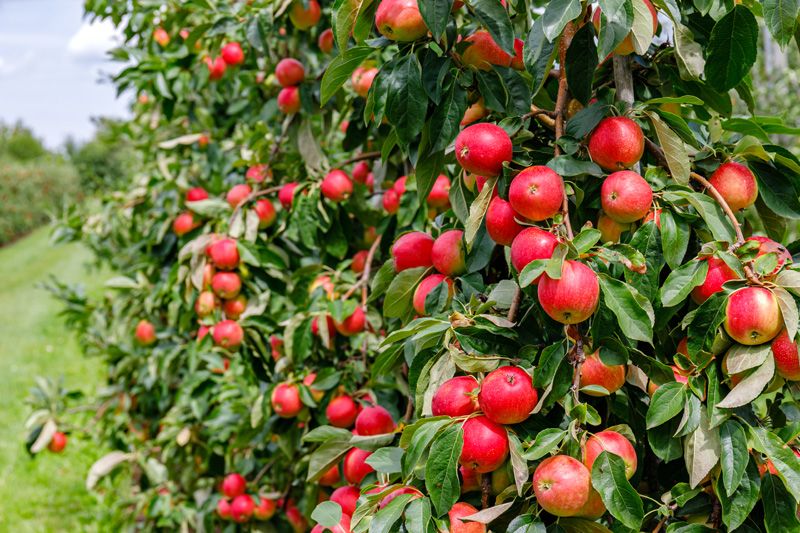
Fruit Trees in Northeast USA
Fruit Trees in Northeast USA
If you are a gardener or thinking to start gardening, then you must have thought of growing fruit trees also. Especially if you are living in Northeast USA, there are many options for planting fruit trees in Northeast USA. Imagine that you are watching TV in your room and see the Ad for fresh apples or pears and get cravings. Then what will you do? You can either go to the market to buy them or keep sitting there and watching that ad with your craving stomach. Wouldn’t it be great if you get up, go to your garden and pick up your own fresh fruits from the trees? Of course, it will be. So if you are now thinking about planting fruit trees, then choosing the right fruit trees according to your climate is the key to your success. Fruit trees not only give you production but also add an artistic and ornamental effect to your garden. So, let’s take a look at the climate of Northeast USA and the types of trees that can be grown there.
The climate of Northeast USA:
The climate of the Northeast USA is cold and is known for its cold winters. It has a short growing season; therefore, not every type of tree can survive there due to the cold climate. If you are going to grow fruit trees in Northeast US, then you should go for cold-hardy trees with prolific fruit production. Spring is the best time to grow fruit trees when the last frost has passed so that fruit trees don’t get stress.
Tips to Grow Fruit Trees:
- Choose a location that receives a minimum of eight hours of full sunlight each day because fruit trees need that to survive and produce.
- Be sure that the height is not limited by any structure such as buildings, bridges, or any other tree. It will restrict the trees from reaching their maximum height.
- Choose the trees according to your climate, therefore know your regional climate first, and then decided the fruit trees to plant.
- Prepare your soil and dig the hole in it before bringing the plant from the nursery.
- Fruit trees can be of three types depending upon their sizes upon maturing:
- Dwarf:They grow up to 8-10 ft and are less productive.
- Semi-Dwarf:They can grow up to 10-15 ft and give more production than dwarf trees.
- Standard:Their height can reach up to 20 ft and even more and are the most productive ones.
- Search that if your trees are self-pollinating or not. In this case, if your trees are cross-pollinating, you will need two same types of trees to get fruits.
- For most fruit trees, moist and well-drained soil is best.
- Choose diseases and insect-resistant varieties so that you don’t have to spend much money on sprays.
- Apples:
- Pears:
- Plum:
- Japanese Plum: They have a mildly sour taste, and their color ranges from yellow to purple. They ripen in late July-September.
- European Plum: Fruit is very sweet, and ripening starts after a few weeks of Japanese Plum ripening. But their sweeter taste makes them tastier than the other type.
- Apricots:
- Cherries:
